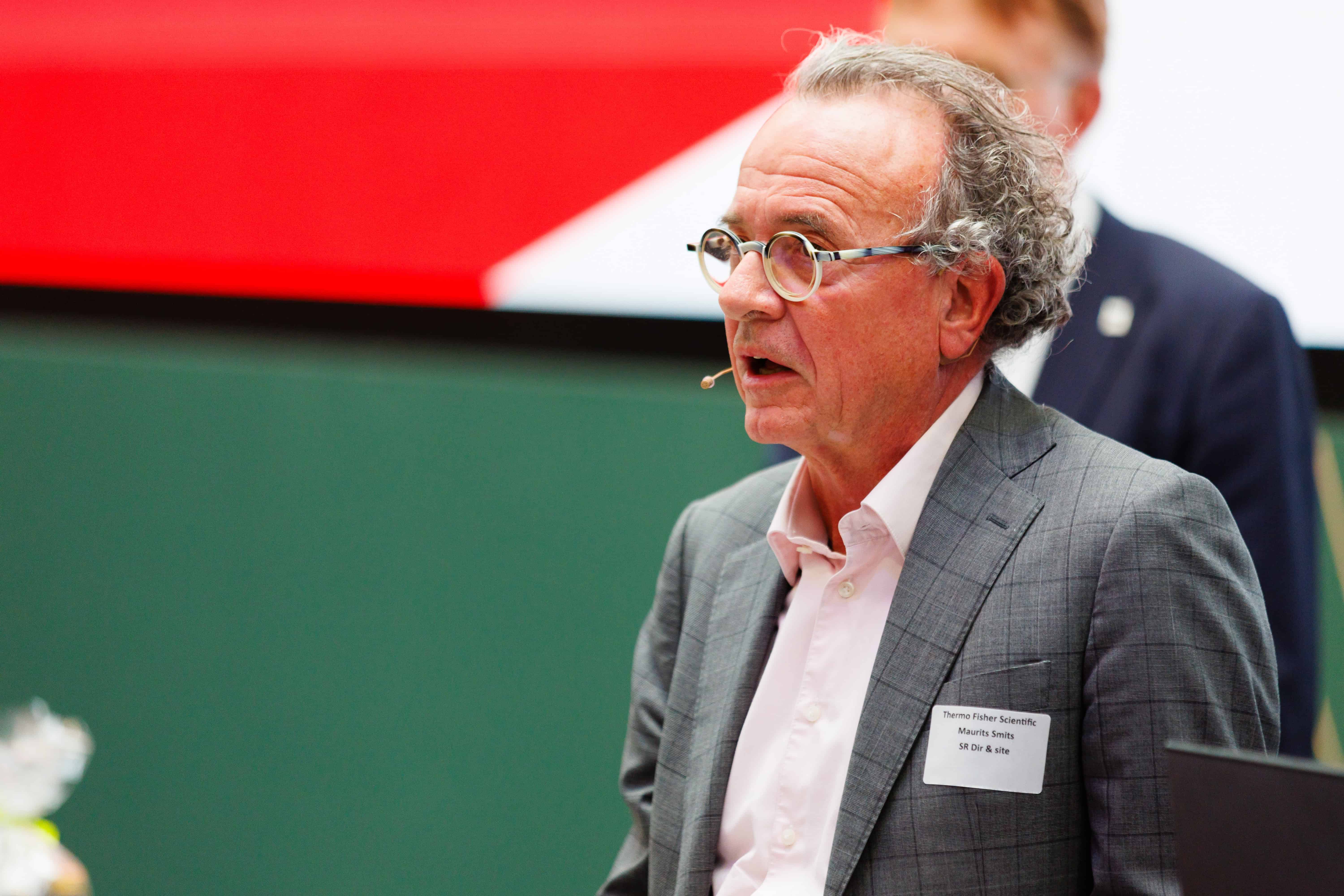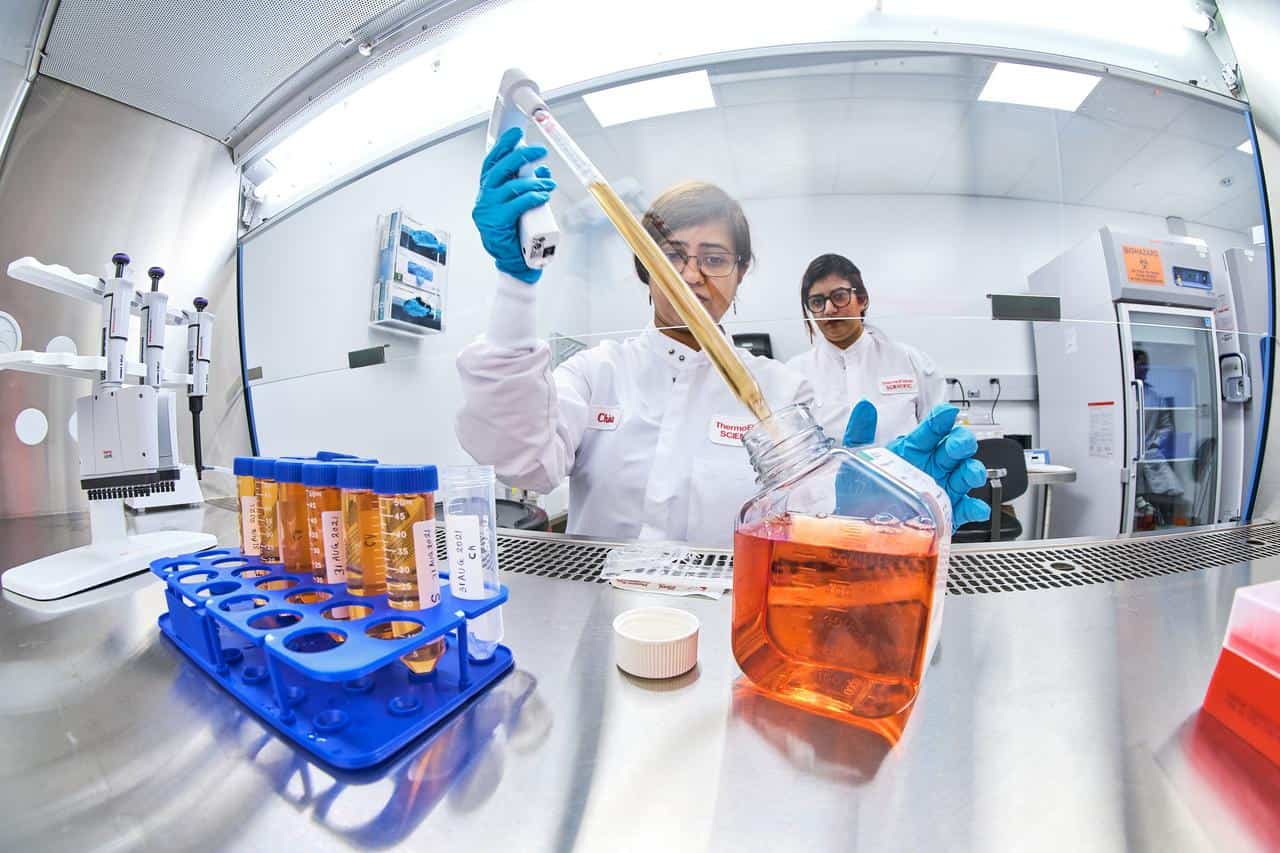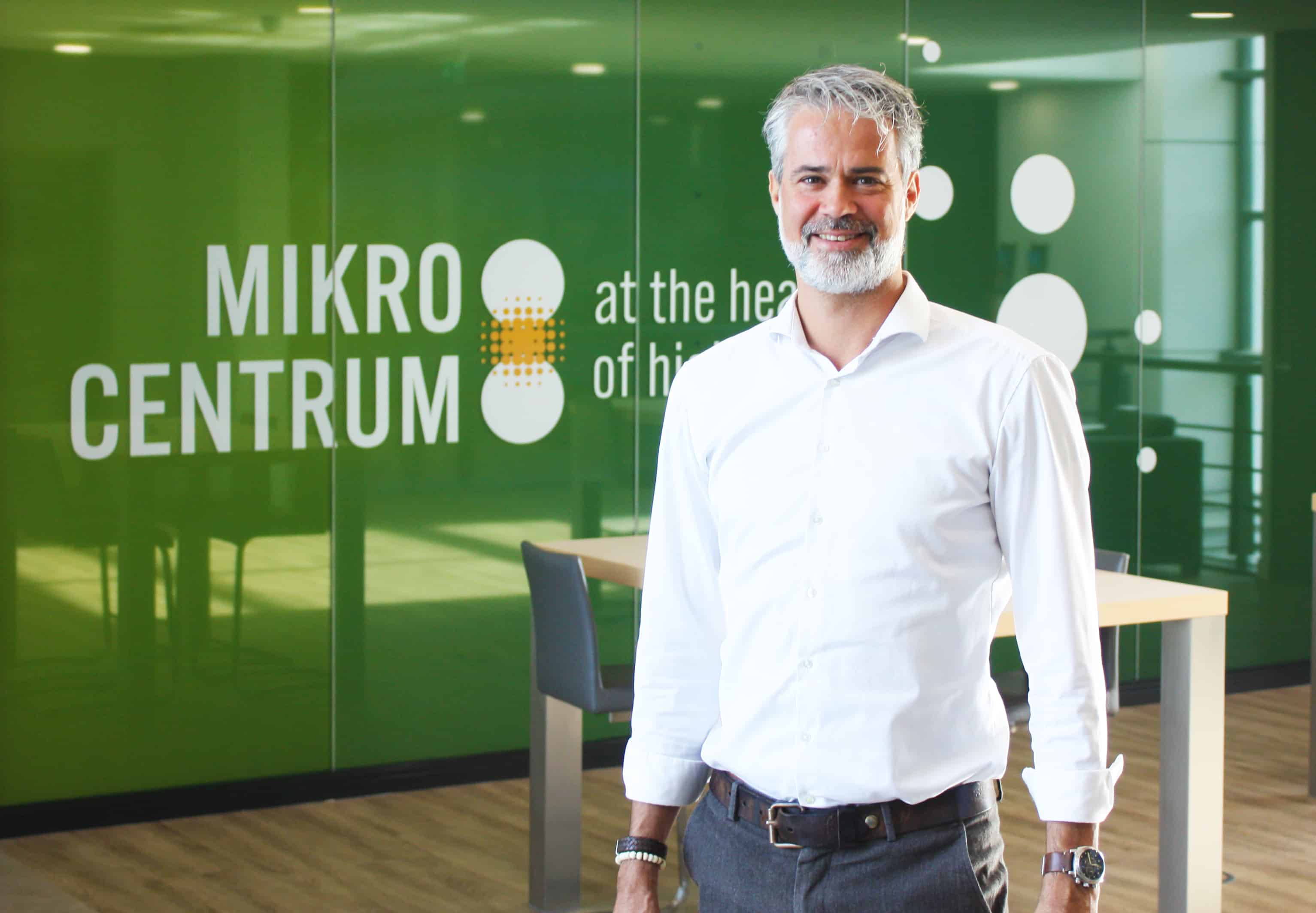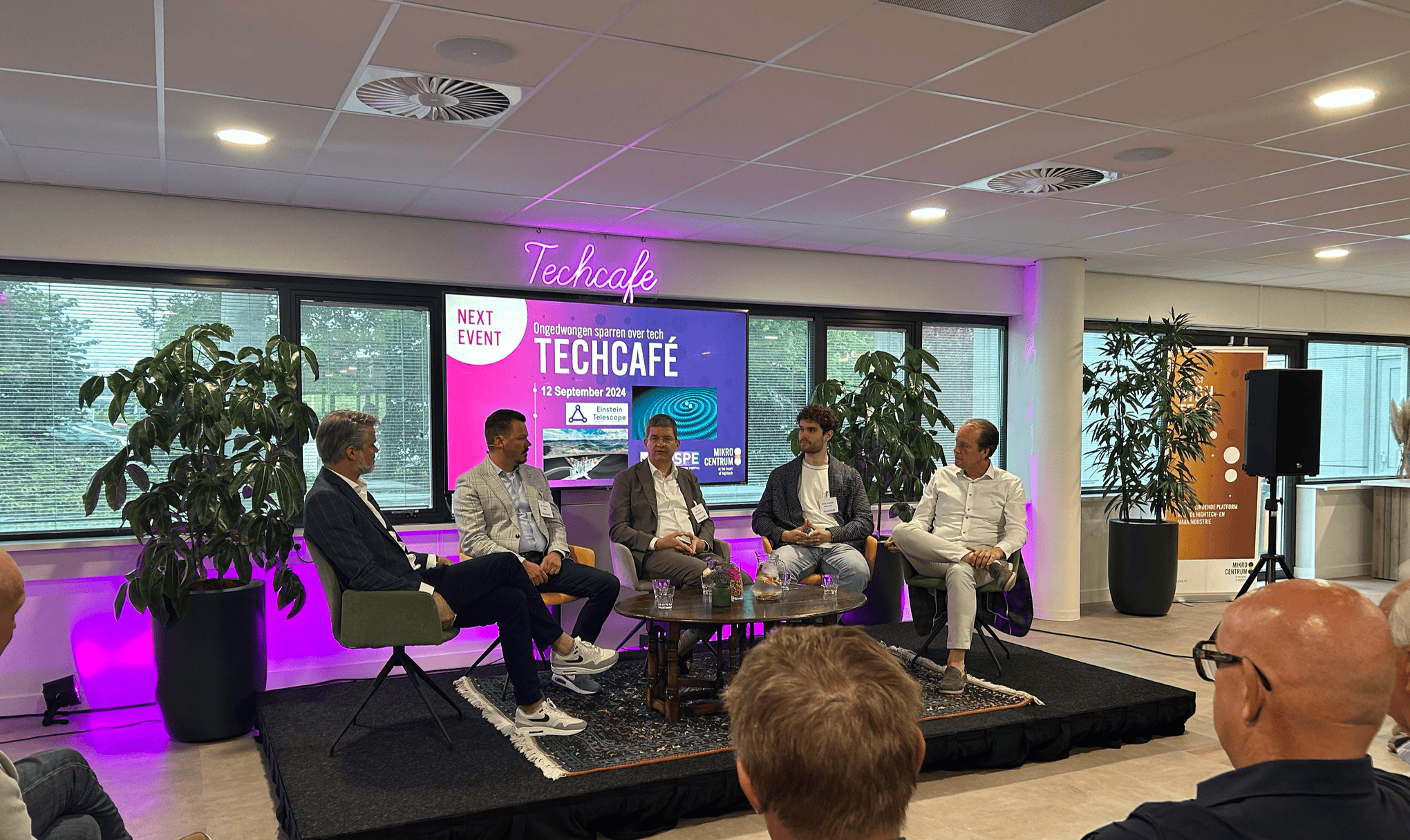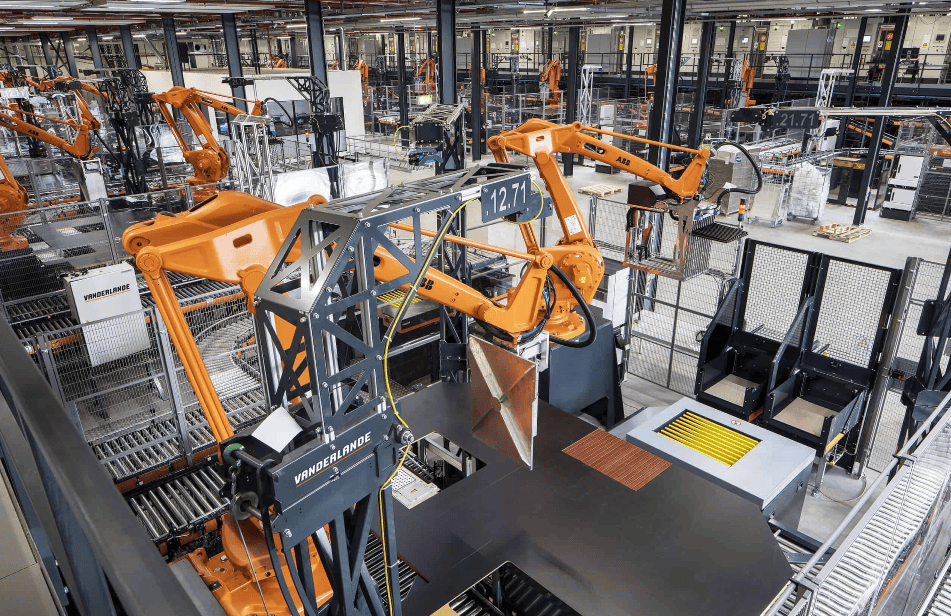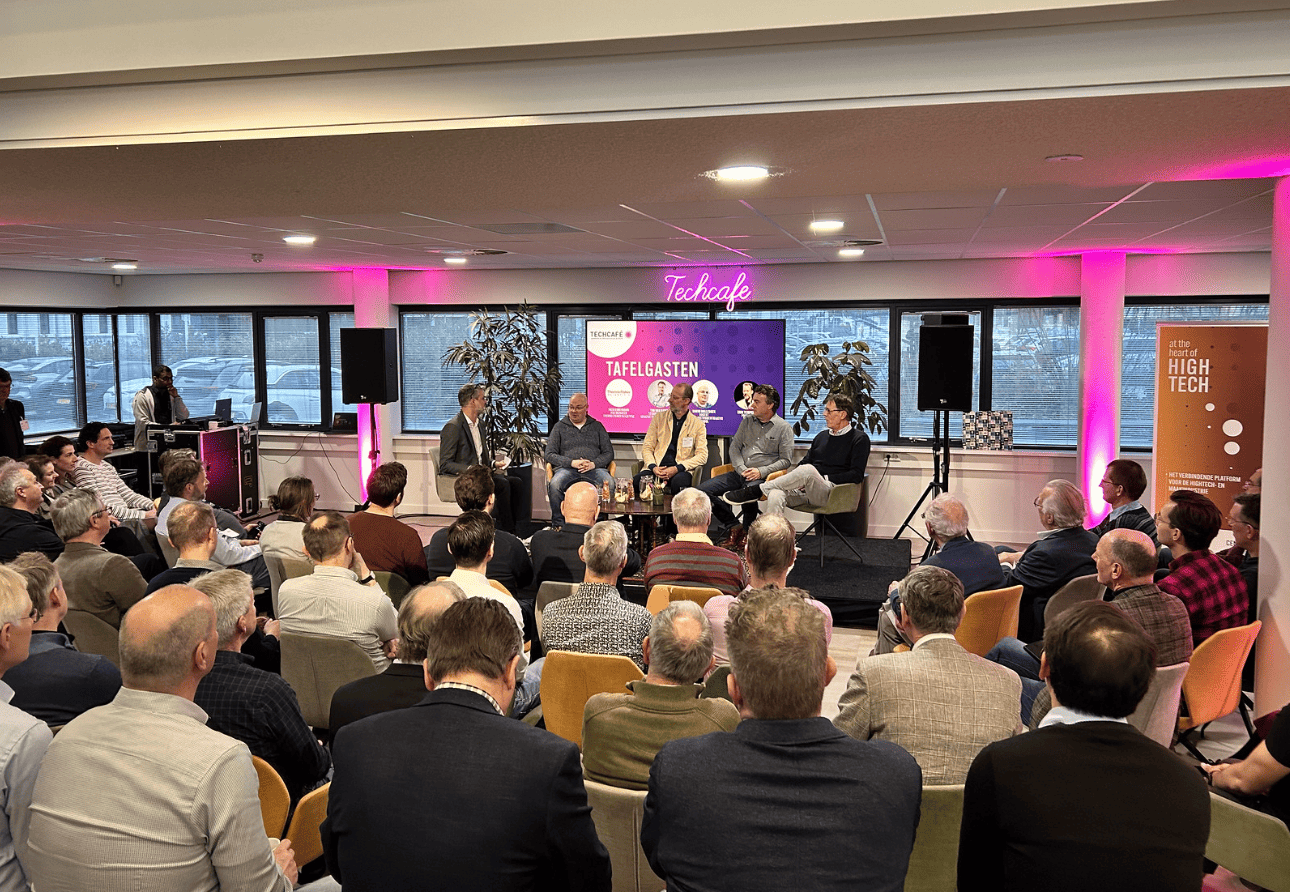
The eleventh Techcafé at Mikrocentrum‘s headquarters shed light on the crucial role materials play in the high-tech manufacturing industry. During this meeting on February 22, 2024, moderated by Mikrocentrum director Edwin de Zeeuw, experts from various sectors shared their insights and experiences. The audience also participated fully in the discussion with Jack Cooijmans of Thermo Fisher Scientific, Tim van Kampen of Ceratec, Robin Hollebeek of the Leidse Instrumentmakers School, and Erik Tempelman of the TU Delft.
The discussion at the Techcafé highlighted the complexity of materials selection and the challenges designers and engineers face in the context of the function, lead time, cost, manufacturability, and machine availability, or the ‘materials selection wheel’. Depending on the situation, people approach material selection from one of these perspectives.
Deep understanding
A key point of the discussion was the importance of a deep understanding of materials and their processing. Jack Cooijmans explained how Thermo Fisher Scientific is dealing with increasingly impure materials, which necessitates the search for better materials. This search requires cooperation with suppliers and in-depth knowledge of material properties, such as chemical composition and heat treatments. The price of the base material is often only a small part of the total cost, according to Crooijmans, with the added value coming mainly from the processing and treatment of the material. He illustrated this with examples from his work at Thermo Fisher, where the focus is on optimizing materials for specific applications.
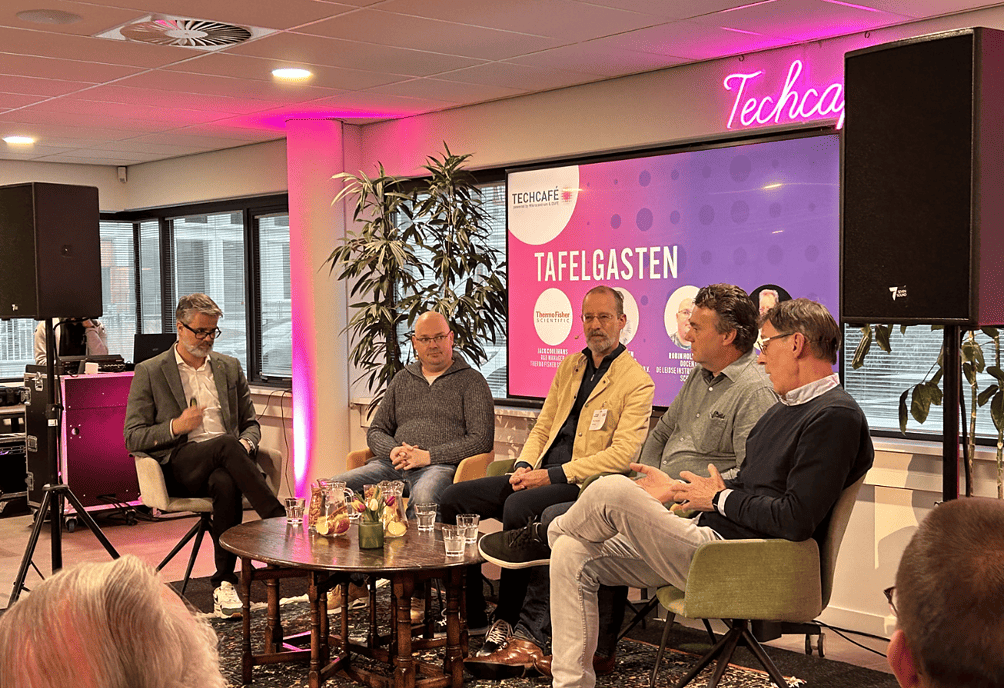
On the job
Tim van Kampen and Robin Hollebeek emphasized the importance of learning on the job and experiencing materials in practice. They pointed out the gap between the theoretical knowledge of young engineers and the practical feasibility of designs. This highlights the need for practical experience and the ability to think outside the box when selecting materials. They also cited interaction between educational institutions and industry as essential to a successful materials strategy. The importance of collaboration in bridging the gap between theory and practice and preparing students for complex challenges in the high-tech industry has received the most attention.
Erik Tempelman shared a fascinating example of innovation in materials use in the construction of the world’s fastest solar boat by students at TU Delft. This illustrated how creative thinking and daring to deviate from traditional materials can lead to groundbreaking solutions. He showed the insights from his experience with students and projects, emphasizing that hands-on experience and an open attitude toward material selection are essential for innovation. He noted the importance of exploring alternative materials, such as ceramics or advanced steels, to improve product performance and durability.
Environmental impact
The discussion also addressed the broad implications of material choices, including environmental impact and the need to consider costs broadly, not only in terms of direct acquisition costs but also the costs related to service life, maintenance, and recyclability.
There was agreement on the importance of multidimensional solutions within material selection in the high-tech sector. The discussion underscored the importance of practical experience, interdisciplinary collaboration, and a holistic approach to cost and sustainability. These insights are essential not only for the current professionals but certainly in educating the next generation of engineers and fabricators, who must be able to design innovative, sustainable, and manufacturable solutions in an ever-changing technological landscape.



